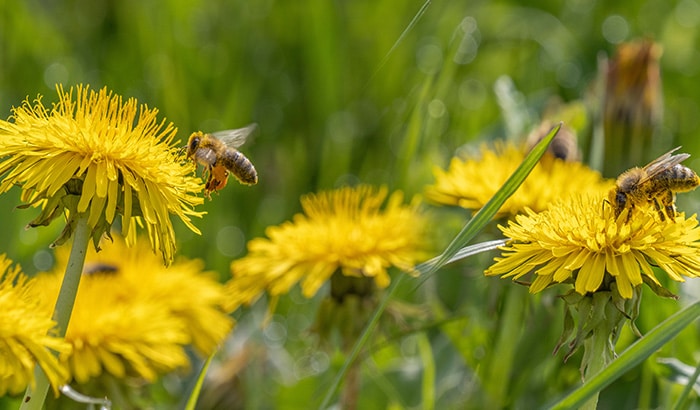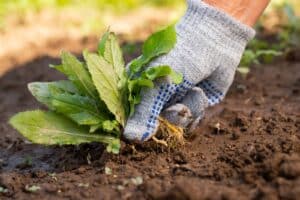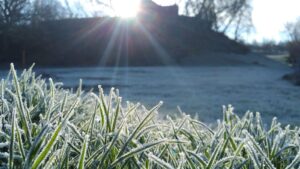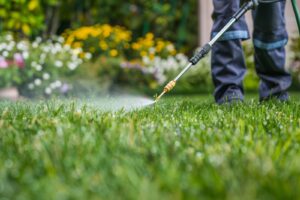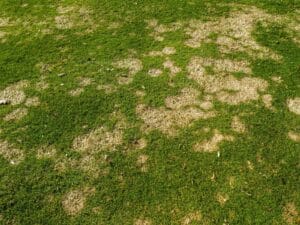You’ve likely heard talk of insect pollinators and how we need to protect them, but what exactly is pollination and why is it so significant?
In the simplest terms, pollination is an essential part of plant reproduction. Virtually all of the world’s seed plants need to be pollinated to produce offspring and survive. Without pollinators and these essential plants, the human race and all of earth’s terrestrial ecosystems would not survive.
Today, we’re diving deep into the fascinating world of pollination to learn what it is, how it works, and why it’s fundamentally necessary. Keep reading to learn more!
What Is Pollination?
Pollination is a key component of plant reproduction. Flowers contain both male and female reproductive parts. The male part, called the stamen, is a slender stalk containing pollen on the end. The female part, or the stigma, is located in the center of the flower at the end of a tube that runs down into the ovule. The ovule is hidden deep inside the flower. This contains tiny eggs that will grow into seeds once they have been fertilized with pollen.
When a pollen grain moves from the stamen to the stigma, pollination happens. Pollination can happen through self-pollination or cross-pollination. Pollen can move from plant to plant by wind, water, or pollinating animals such as butterflies and bees.
Why Is Pollination Important?
As stated by the U.S. Forest Service, pollination is not just fascinating natural history. This essential ecological function is necessary for providing billions of dollars to the global economy in terms of agriculture. In fact, pollinators provide pollination services to over 180,000 different plant species and more than 1,200 crops. This means that nearly one-third of all the food you eat exists because of pollinators.
Visits from bees and other pollinators also result in more flavorful and substantial crops. Apples, avocados, nectarines, tomatoes, vanilla, cacao, cherries, plums, and alfalfa are just a handful of the many foods that wouldn’t exist without pollination.
In addition to the food we eat, pollinators support healthy ecosystems. Clean air, wildlife support, protection from severe weather, and stabilized soils are some of the many luxuries pollinators offer our planet.
Types of Pollination
There are two types of pollination:
- Self-pollination
- Cross-pollination
In self-pollination, the plant is fertilized when its own pollen finds its way from the stamen into the ovule. This is known as the primary type of pollination. Most crops are self-pollinating, including beans, broccoli, cabbage, carrots, cauliflower, corn, onions, peppers, and more. Self-pollinating fruit trees include apricots, citrus trees, nectarines, peaches, sour cherries, pears, and plums.
Cross-pollination is a more complex type of pollination. In this process, pollen is transferred from the stamen of one flower to the stigma of another. Cross-pollination is mainly seen in bright-colored flowering plants that attract insects. Apples, tulips, lavender, strawberries, dandelions, pumpkins, grapes, maple trees, and daffodils are some examples of plants with cross-pollination.
When Does Pollination Happen?
Pollination requires year-round efforts to be successful. However, plants have different flowering times to decrease competition among pollinators. Here are the processes that occur during each season:
- Spring – After winter hibernation or migration, pollinators need early-blooming plants to provide sustenance. Some of these early-blooming plants include bleeding heart, lungwort, peony, Jacob’s ladder, lilac, bellflower, bush clematis, and potentilla.
- Summer – Pollinators reach peak populations during the summertime. In turn, gardens also achieve their peak bloom. Since this is the busiest time of year for pollination, it’s a good idea to fill your garden with some of the following summer plants– passionfruit, sunflowers, zinnias, milk thistle, squash, wild bergamot, echinacea, and elderberries.
- Fall – Pollinators depend on late-blooming plants during the autumn months as they prepare for hibernation or migration. During the fall, pollinators receive their fuel from late-blooming plants, such as goldenrod, bee balm, balloon flower, anise hyssop, daisy, and coleus.
- Winter – Even though there appears to be little to no activity in the garden during the winter months, this time of year is still a significant time for pollinators. Most native species are dormant and many pollinators hibernate during these cold months. Some pollinators migrate while others, such as butterflies, moths, and bees, shelter in decaying plants.
List of Pollinators
According to the Natural Resources Conservation Service, there are approximately 200,000 different species of animals around the world that act as pollinators. Although birds, bats, and other animals are also pollinators, insects are responsible for the bulk of the pollination that affects the human race.
Here are the six main groups of insect pollinators you’ll find lurking around your garden:
- Solitary bees
- Bumble bees
- Butterflies and moths
- Wasps
- Flies
- Beetles
How To Help Pollinators
Since the human race depends on pollinators for survival, we must take action to protect these species from becoming endangered.
The following six strategies can help support the insect populations that are in significant decline:
- Map pollinator diversity in your neighborhood through Earthwatch’s Global Pollinator Watch program.
- Make your outdoor space a safe haven for pollinators by planting native plants.
- Become a bee innkeeper using this guide to build a bee house.
- Consider signing up for a pollinator-focused expedition to help pollinator scientists collect critical data.
- Make your lawn care routine pollinator-friendly by reducing the use of insecticides.
- Donate to a nonprofit that supports pollinator habitats and research.
Let Summit Lawn & Pest Control Help
If you want your garden to benefit from pollination this summer, you need expert assistance from Summit Lawn & Pest Control. Our premium lawn care and pest control services will get your yard in tip-top shape despite the weather or time of year. With over 10 years of experience in the green industry, it is our mission at Summit Lawn & Pest Control to provide Utah County with high-quality service and affordable rates.Whether you need a pest exterminator or lawn services in Orem, Lehi, Spanish Fork, or the Utah County area, our highly-qualified technicians have the experience needed to help solve your problem. Contact us today to get started!


